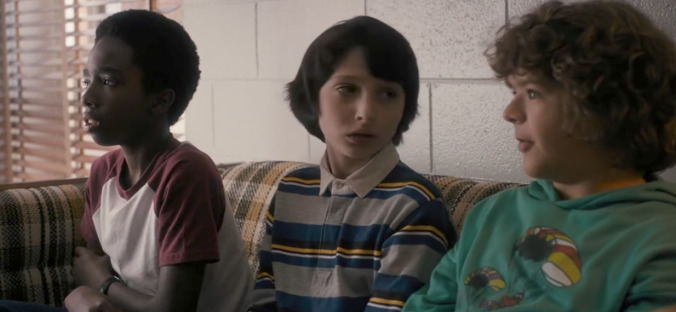
In a culture so rife with pointless remakes and exploitive nostalgia, it’s understandable that fatigued viewers would view a show like Stranger Things with suspicion. As the above video essay points out, it’s basically “80s Movie: The TV Show,” with its first season building entire set pieces and characters around the likes of E.T., Predator, Poltergeist, and Firestarter. That doesn’t change in the second season, either—Ghostbusters, Jurassic Park, and Indiana Jones make up its DNA, while Aliens is pretty much its entire spine.
But that’s not necessarily a bad thing. As Just Write’s video essay outlines, there’s a difference between relying on references and actually subverting them. Stranger Things isn’t trying to be cute when it mirrors Eleven’s journey with E.T.’s or even when it casts Paul Reiser as a Burke-like character; rather, it’s toying with our preconceived notions of the tropes by spinning them off in new directions. Because Eleven isn’t E.T., nor is she Carrie White or Charlie from Firestarter—she’s an original character investigating the question of what would happen if they coalesced.
The essay also does a nice job of pointing out just how much pop culture informs the actual world of the show. It’s easier to swallow such a distinctly referential aesthetic when the characters themselves can’t make it a few sentences without mentioning D&D or Star Wars or Lord of the Rings—which actually makes things a little more realistic and relatable, if you’re the sort of person obsessively consuming pop culture in the first place.
 Keep scrolling for more great stories from A.V. Club.
Keep scrolling for more great stories from A.V. Club.